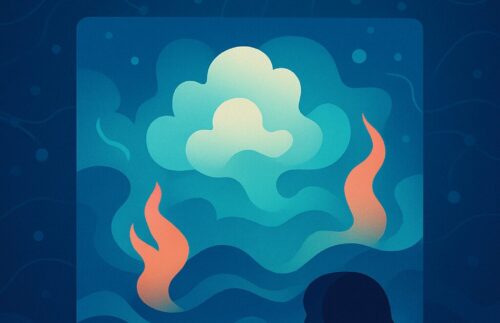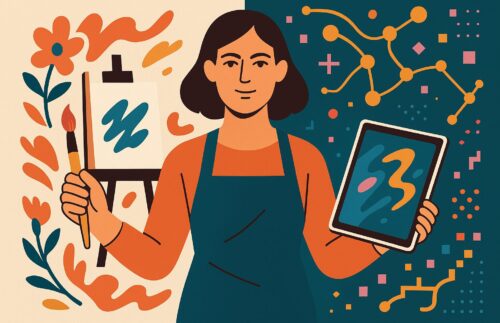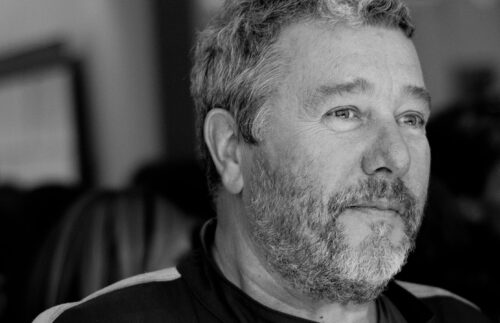As a traditionally trained artist in my mid-40s, getting into AI was a shock to the system—in the best way. After years of working with tangible materials like paint and canvas, entering the realm of machine-generated images felt like stepping onto another planet. Some people are amazed by the images I create; others ask things like, “Did you actually make that?” It’s a fair question. AI art is raising eyebrows, and rightly so. We’re in a moment where what it means to “make art” is being redefined—and I’m here for it.
Let me be honest: tools like MidJourney, Stable Diffusion, or DALL·E on their own won’t make great art. Not for me, and not for anyone who cares about nuance. Creating something compelling still demands deep research, intuitive direction, and yes, loads of trial and error. My team and I rely on AI as a tool, not a shortcut. Without a strong vision and thoughtful execution, it’s just noise that looks fancy. Real art still needs a soul.
Take last week. We completed a visual sequence that used to take a video editor hours. This time we did it ourselves, in-house, with Stable Diffusion. It saved money and gave us more control. So no—AI didn’t steal anyone’s job. It boosted our capacity and gave us more creative freedom. Instead of shrinking our process, it stretched it.
That said, I won’t pretend AI doesn’t make people nervous. There’s this eerie sense that human creativity—something we’ve always seen as sacred—is being invaded. And let’s face it, the internet loves pointing out AI’s glitches: an extra finger here, a melted face there. But those mistakes are vanishing fast. It’s getting harder and harder to tell if something was made by a person or a prompt. And while the results may feel like magic, it’s really math: huge amounts of data and code reshaping pixels into visuals that trick the eye and stir the heart.
Here’s how it works in simple terms. AI doesn’t understand words or images like we do. It starts with static, literally random noise. Then it looks at millions of examples it has trained on—images and text, captions and context—and finds patterns. If I type in “short curly hair,” the AI doesn’t know what hair is. It just recognizes pixel patterns tied to those words. The kicker? These patterns are drawn from datasets scraped from across the internet, including copyrighted content. This is where it gets ethically murky.
Quoting from the paper Ethics and Aesthetics in Contemporary Art (AI: A Free Information and Independent Thought): “AI-generated art and its consequences for artists in broad societies are reshaping ethical and aesthetical development.” Couldn’t agree more. We’re not just watching a tech shift—we’re in the middle of a creative culture shock. And the questions this paper raises hit hard: “What are the mental and social challenges that accompany contemporary art, and how have they been innovative in the world of reason and logic?”
So let’s talk ethics. Using AI isn’t just about getting your prompt right. There’s a growing tangle of copyright concerns, especially with lawsuits like the one Getty Images filed—accusing an AI of generating stock photos so convincing, it included watermarks. Courts haven’t sorted it out yet, but that doesn’t mean artists should wait for a verdict to think about what’s fair. We need to be proactive, not passive.
Despite the rise of automation, I want to stress this: the artist hasn’t vanished. We’re still the ones choosing the concepts, collecting the data, crafting the message. Prompts are just the beginning. Editing, curating, composing—it’s all part of it. When I build installations that use AI-generated visuals, they’re still my vision. The machine doesn’t dream—I do.
AI isn’t killing creativity. It’s reshaping it. If anything, it’s made me more experimental, more resourceful, more open to collaboration. And yes, more aware of my responsibilities as an artist navigating a tech-driven world. We can’t afford to be naive about the implications. But neither should we be afraid.
One quote from the paper captures it beautifully: “Technology that augurs a revolution in human entanglement.” That’s exactly what this is. A revolution—not just of how we make, but how we think about art, authorship, and identity. For me, the journey with AI has made my work more powerful, not less. I haven’t lost my voice—I’ve amplified it.
Let’s not cling to outdated ideas of purity. Let’s adapt, challenge norms, and most importantly—stay curious. AI is not the artist. We are.








